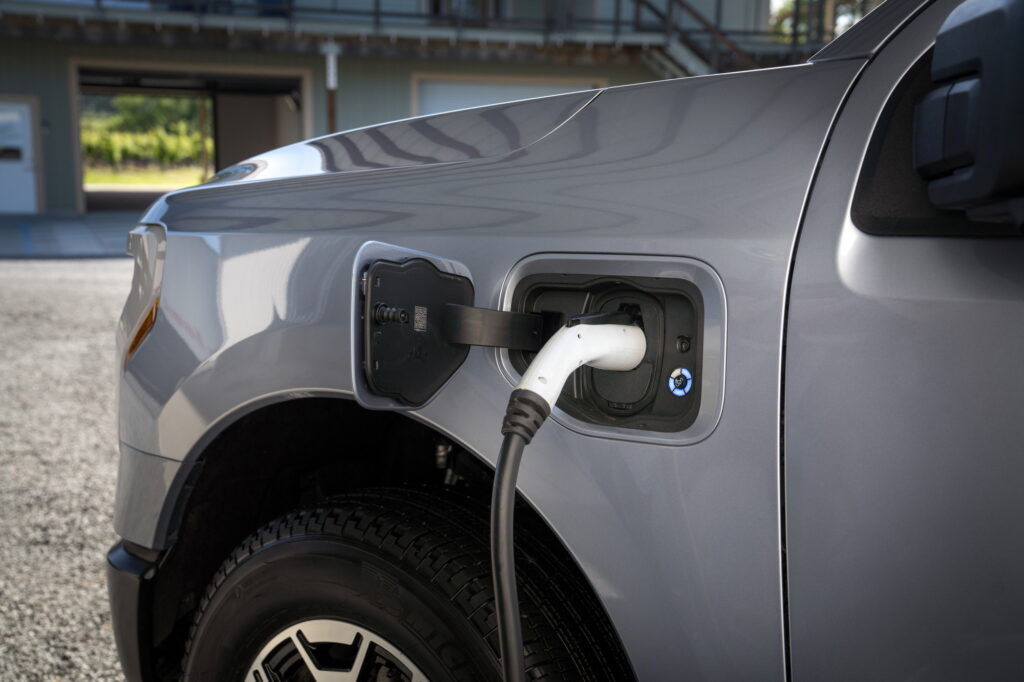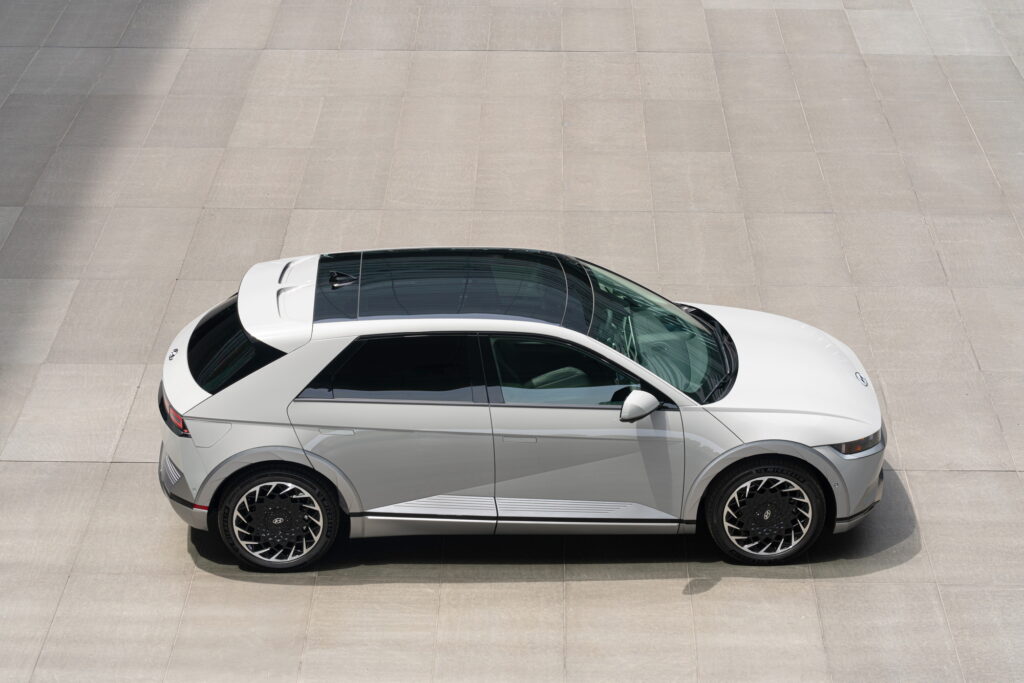Subway announced this week that it will be partnering with GenZ EV Solutions, a provider of charging stations for electric vehicles. Together, they will be creating EV Charging Oases at select locations across America.
“We’re constantly exploring new ways to innovate and exceed our guests’ expectations for a high-quality, convenient experience,” said Mike Kappitt, Chief Operating and Insights Officer of Subway. “Our partnership with GenZ EV Solutions is a win for our guests, our franchisees and our planet, creating a dedicated space for drivers to charge their vehicle while enjoying their favorite Subway sandwich.”
Not only will the EV Charging Oasis have plugs to charge your EV—from the concept image, it seems that both Teslas and vehicles on the CCS standard will be welcomed at the locations—they will also have canopies, picnic tables, Wi-Fi, restrooms, green spaces, and even playgrounds.
Read: Satisfaction With America’s Public EV Charging Network At Its Lowest Point On Record

Indeed, Subway envisions these not just as charging locations, but hopes to improve neighborhoods with these community spaces. It may also be eligible for incentives under the federal government’s $7.5 billion EV infrastructure drive.
“Equitable access to charging is essential to the adoption of EVs in the future and Subway’s scale will play an important role in democratizing charging infrastructure for millions of Americans,” said Jose Valls, CEO of GenZ EV Solutions. “By coupling our technology and know-how with Red E Charging’s strategic site selection and Subway’s network of restaurants across the U.S., we are continuing to make key strides in building the EV infrastructure of tomorrow.”
GenZ EV Solutions claims it’s network, which uses RED E Charging’s proprietary software, is very reliable. That’s an important issue for EV drivers as independent studies of America’s public charging providers have found the majority of networks to be unreliable and frequently inoperative.
Subway plans to start introducing piloting this new strategy with smaller charging stations at new, or remodeled locations in the U.S. starting later this year.





